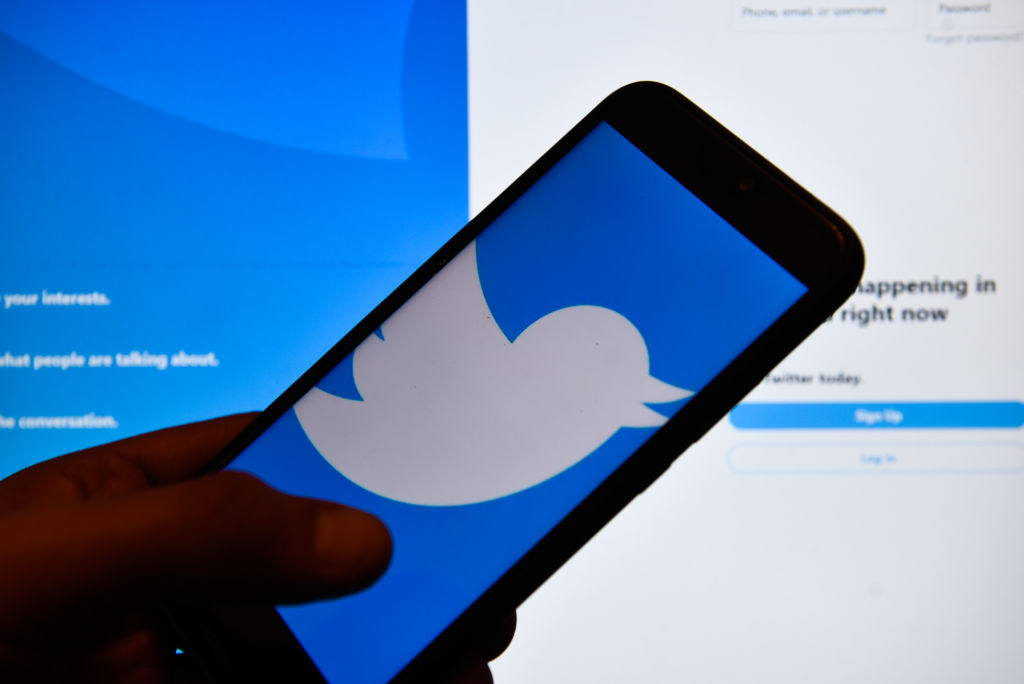In an interesting development in the wake of a bias controversy over its cropping algorithm, Twitter has said it’s considering giving users decision-making power over how tweet previews look, saying it wants to decrease its reliance on machine learning-based image cropping.
Yes, you read that right. A tech company is affirming that automating certain decisions may not, in fact, be the smart thing to do — tacitly acknowledging that removing human agency can generate harm.
As we reported last month, the microblogging platform found its image-cropping algorithm garnering critical attention after Ph.D. student Colin Madland noticed the algorithm only showed his own (white male) image in preview — repeatedly cropping out the image of a black faculty member.
Ironically enough he’d been discussing a similar bias issue with Zoom’s virtual backgrounds.
Geez…any guesses why @Twitter defaulted to show only the right side of the picture on mobile? pic.twitter.com/UYL7N3XG9k
— Colin Madland 🇺🇦 (@colinmadland) September 19, 2020
Twitter responded to the criticism at the time by saying it had tested for bias before shipping the machine learning model and had “not found evidence of racial or gender bias”. But it added: “It’s clear from these examples that we’ve got more analysis to do. We’ll continue to share what we learn, what actions we take, and will open source our analysis so others can review and replicate.”
It has now followed up with additional details about its testing processes in a blog post where it suggests it could move away from using an algorithm for preview crops in the future.
Twitter also concedes it should have published details of its bias testing process before launching the algorithmic cropping tool — in order that its processes could have been externally interrogated. “This was an oversight,” it admits.
We saw your Tweets about the harm caused by how images are cropped on Twitter.
Today we’re sharing how we test for bias in our systems, and how we plan to rely less on auto-cropping and give you more choice in how images appear in Tweets:
https://t.co/tiSreeoGOA— Support (@Support) October 1, 2020
Explaining how the model works, Twitter writes: “The image cropping system relies on saliency, which predicts where people might look first. For our initial bias analysis, we tested pairwise preference between two demographic groups (White-Black, White-Indian, White-Asian and male-female). In each trial, we combined two faces into the same image, with their order randomized, then computed the saliency map over the combined image. Then, we located the maximum of the saliency map, and recorded which demographic category it landed on. We repeated this 200 times for each pair of demographic categories and evaluated the frequency of preferring one over the other.”
“While our analyses to date haven’t shown racial or gender bias, we recognize that the way we automatically crop photos means there is a potential for harm. We should’ve done a better job of anticipating this possibility when we were first designing and building this product. We are currently conducting additional analysis to add further rigor to our testing, are committed to sharing our findings, and are exploring ways to open-source our analysis so that others can help keep us accountable,” it adds.
On the possibility of moving away from algorithmic image cropping in favor of letting humans have a say, Twitter says it has “started exploring different options to see what will work best across the wide range of images people tweet every day”.
“We hope that giving people more choices for image cropping and previewing what they’ll look like in the tweet composer may help reduce the risk of harm,” it adds, suggesting tweet previews could in future include visual controls for users.
Such a move, rather than injecting “friction” into the platform (which would presumably be the typical techie concern about adding another step to the tweeting process), could open up new creative/tonal possibilities for Twitter users by providing another layer of nuance that wraps around tweets. Say by enabling users to create “Easter egg” previews that deliberately conceal a key visual detail until someone clicks through; or which zero-in on a particular element to emphasize a point in the tweet.
Given the popularity of joke “half and half” images that play with messaging app WhatsApp’s preview crop format — which requires a click to predictably expand the view — it’s easy to see similar visual jokes and memes being fired up on Twitter, should it provide users with the right tools.
The bottom line is that giving humans more agency means you’re inviting creativity — and letting diversity override bias. Which should be a win-win. So it’s great to see Twitter entertaining the idea of furloughing one of its algorithms. (Dare we suggest the platform also takes a close and critical look at the algorithmic workings around “top tweets”, “trending tweets”, and the “popular/relevant” content its algos sometimes choose to inject, unasked, into users’ timelines, all of which can generate a smorgasbord of harms.)
Returning to image cropping, Twitter says that as a general rule it will be committed to “the ‘what you see is what you get’ principles of design” — aka, “the photo you see in the tweet composer is what it will look like in the tweet” — while warning there will likely still be some exceptions, such as for images that aren’t a standard size.
In those cases it says it will experiment with how such images are presented, aiming to do so in a way that “doesn’t lose the creator’s intended focal point or take away from the integrity of the photo”. Again, it will do well to show any algorithmic workings in public.































Comment